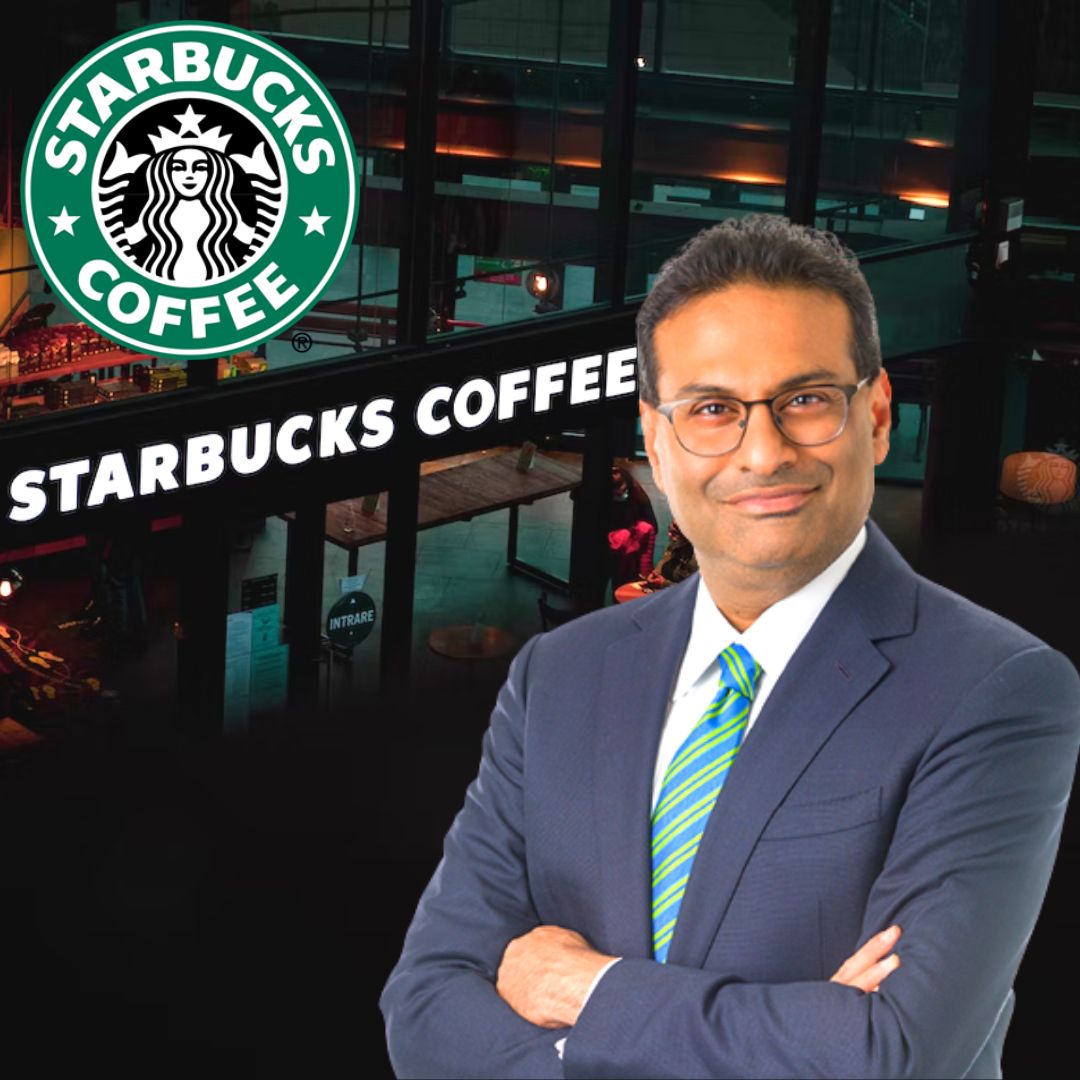Starbucks CEO’s Leadership Journey

The history of Starbucks is intricately woven with the leadership styles of its CEOs, each leaving a unique imprint on the company’s growth and direction. From the humble beginnings of a Seattle coffeehouse to a global coffee empire, the journey of Starbucks leadership is a compelling narrative of innovation, challenges, and triumphs.
Timeline of Starbucks CEOs
The leadership at Starbucks has been instrumental in shaping the company’s trajectory. Here’s a timeline highlighting the key accomplishments and challenges faced by recent CEOs:
- Howard Schultz (1987-2000, 2008-2017): Schultz’s leadership is synonymous with Starbucks’ meteoric rise. He transformed the company from a small coffee roaster to a global coffeehouse giant. He introduced the concept of the “third place” – a space between home and work – and emphasized the importance of creating a welcoming and comfortable environment for customers. During his first tenure, Schultz faced challenges like the dot-com bubble burst and the need to streamline operations. In his second tenure, he tackled the issue of declining sales and revitalized the company’s focus on its core values.
- Orin Smith (2000-2008): Smith took over during a period of significant growth and expansion. He oversaw the company’s global expansion and the introduction of new products and services. However, he faced challenges like increased competition and the need to maintain the company’s brand identity.
- Kevin Johnson (2017-2023): Johnson’s tenure focused on digital innovation and expanding Starbucks’ global reach. He introduced initiatives like mobile ordering and payment, and expanded the company’s presence in emerging markets. He also faced challenges like navigating the COVID-19 pandemic and addressing issues related to employee wages and working conditions.
- Laxman Narasimhan (2023-Present): Narasimhan took the reins with a focus on enhancing the customer experience and driving innovation. He aims to leverage technology to personalize the Starbucks experience and expand the company’s digital offerings. He also aims to address the challenges of labor shortages and inflation, while continuing to prioritize sustainability and social responsibility.
Leadership Style of Howard Schultz
Howard Schultz’s leadership style is characterized by his passion for coffee, his commitment to creating a strong company culture, and his belief in the power of storytelling. He is known for his charisma and his ability to inspire employees and customers alike. He emphasizes the importance of customer service and creating a welcoming and inclusive environment. Schultz’s leadership style has had a significant impact on Starbucks’ culture, shaping the company’s values and its commitment to social responsibility.
Comparison of Leadership Approaches
The leadership styles of different Starbucks CEOs have had a distinct impact on the company’s performance. While Schultz’s leadership is characterized by its focus on culture and customer experience, Smith’s tenure emphasized operational efficiency and global expansion. Johnson’s leadership focused on digital innovation and expansion into emerging markets. Each CEO brought their unique strengths and perspectives to the role, shaping the company’s evolution and direction.
Key Strategies and Initiatives: Ceo Of Starbucks

Starbucks, under the leadership of its current CEO, has implemented a series of strategic initiatives aimed at driving growth, innovation, and enhancing the overall customer experience. These strategies have significantly impacted the company’s financial performance, customer satisfaction, and employee morale.
Starbucks Rewards Program
Starbucks has focused on its loyalty program, Starbucks Rewards, as a key driver of customer engagement and repeat business. The program allows customers to earn rewards, such as free drinks and food, for purchases made at Starbucks stores. The program has been successful in increasing customer loyalty and driving sales.
“The Starbucks Rewards program has been instrumental in driving customer loyalty and repeat business. It’s a great example of how Starbucks is using technology to create a more personalized and rewarding experience for its customers.”
Digital Transformation, Ceo of starbucks
Starbucks has embraced digital technology to enhance the customer experience and improve operational efficiency. This includes the development of mobile ordering and payment capabilities, the introduction of personalized recommendations, and the use of data analytics to optimize store operations.
- Mobile Ordering and Payment: Starbucks’ mobile app allows customers to order and pay for their drinks and food ahead of time, reducing wait times and improving convenience. The app also provides personalized recommendations and allows customers to track their rewards points.
- Personalized Recommendations: Starbucks uses data analytics to provide personalized recommendations to customers based on their past purchases and preferences. This helps to increase customer engagement and drive sales.
- Data Analytics: Starbucks uses data analytics to optimize store operations, such as inventory management, staffing levels, and marketing campaigns. This helps to improve efficiency and profitability.
Focus on Sustainability
Starbucks has made sustainability a core part of its business strategy. The company has implemented initiatives to reduce its environmental impact, promote ethical sourcing, and support local communities.
- Environmental Sustainability: Starbucks has set ambitious goals to reduce its carbon footprint, conserve water, and reduce waste. The company has also committed to using 100% ethically sourced coffee by 2020.
- Ethical Sourcing: Starbucks works with suppliers to ensure that its coffee is sourced ethically and sustainably. The company has implemented a number of programs to support farmers and their communities.
- Community Engagement: Starbucks is committed to supporting local communities through a variety of programs, such as community grants and employee volunteerism.
Employee Empowerment
Starbucks is known for its focus on employee empowerment and development. The company provides employees with opportunities for training and advancement, and it encourages a culture of innovation and collaboration.
- Training and Development: Starbucks offers a variety of training programs to its employees, covering topics such as customer service, product knowledge, and leadership development. The company also provides opportunities for employees to advance their careers within the organization.
- Culture of Innovation: Starbucks encourages a culture of innovation and collaboration by providing employees with the opportunity to share ideas and contribute to the company’s success. The company also hosts regular innovation challenges and hackathons.
Starbucks’ Corporate Social Responsibility

Starbucks has a long history of prioritizing corporate social responsibility (CSR) under its current CEO, Howard Schultz. The company believes that responsible business practices are essential for its long-term success and that it has a responsibility to contribute to the well-being of its employees, customers, communities, and the planet.
Ceo of starbucks – Starbucks’ commitment to CSR is evident in its numerous initiatives and programs that address various social and environmental issues. These initiatives are designed to create a positive impact on society and the environment, while also strengthening the company’s brand reputation and fostering stakeholder engagement.
Starbucks’ Social Impact Initiatives
Starbucks’ social impact initiatives aim to address issues such as poverty, inequality, and climate change. These initiatives are designed to create positive change in the communities where Starbucks operates and around the world.
- Starbucks Global Community Stores: These stores are designed to create economic opportunities and support local communities. For example, the company has partnered with organizations such as the Opportunity Finance Network and the Local Initiatives Support Corporation to provide funding and resources to community-based organizations. These stores often feature locally sourced products and artwork, showcasing the unique character of the community.
- Starbucks College Achievement Plan: This program provides full tuition coverage for eligible employees to pursue a bachelor’s degree through Arizona State University’s online program. The program has helped thousands of employees achieve their educational goals and advance their careers, while also contributing to the company’s workforce diversity and talent development.
- Starbucks’ “Creating Opportunity for All” Initiative: This initiative aims to create economic opportunities for underrepresented communities by providing access to capital, training, and mentorship. The program has helped thousands of entrepreneurs and small business owners start and grow their businesses, contributing to economic development and social mobility.
Starbucks’ Environmental Sustainability Efforts
Starbucks is committed to reducing its environmental impact and promoting sustainable practices across its operations. The company has set ambitious goals to reduce its carbon footprint, conserve water, and minimize waste.
- Starbucks’ “Greener Stores” Program: This program focuses on building and operating stores that are environmentally friendly. The company has implemented a number of sustainable design features, such as energy-efficient lighting and appliances, water-saving fixtures, and recycled materials. Starbucks has also partnered with organizations such as the U.S. Green Building Council to achieve LEED certification for its stores.
- Starbucks’ “Reduce, Reuse, Recycle” Program: This program encourages customers and employees to recycle and compost waste. The company has implemented a number of initiatives to make recycling and composting easier, such as providing recycling bins in its stores and partnering with local waste management companies. Starbucks has also set a goal to reduce its waste by 50% by 2030.
- Starbucks’ “Ethical Sourcing” Program: This program focuses on sourcing coffee beans and other ingredients from suppliers who meet ethical and sustainable standards. The company has implemented a number of initiatives to ensure that its suppliers are committed to fair labor practices, environmental protection, and community development. Starbucks has also partnered with organizations such as Fair Trade USA and Rainforest Alliance to promote sustainable agriculture and responsible sourcing.
Impact of Starbucks’ CSR Initiatives
Starbucks’ CSR initiatives have had a significant impact on the company’s brand reputation and stakeholder engagement. The company’s commitment to social and environmental responsibility has resonated with customers, employees, investors, and other stakeholders.
- Increased Brand Loyalty: Customers are increasingly looking for brands that share their values and make a positive impact on the world. Starbucks’ commitment to CSR has helped to strengthen its brand loyalty and attract new customers who appreciate the company’s social and environmental responsibility.
- Enhanced Employee Engagement: Employees are more likely to be engaged and motivated when they work for a company that shares their values. Starbucks’ CSR initiatives have helped to create a more positive and rewarding work environment for its employees, leading to higher levels of employee engagement and retention.
- Improved Investor Relations: Investors are increasingly looking for companies that are committed to sustainable practices and responsible business conduct. Starbucks’ CSR initiatives have helped to improve its investor relations and attract investors who are interested in supporting companies that are making a positive impact on the world.
Leading Starbucks through a period of significant growth and transformation, the CEO’s strategic vision has been instrumental in shaping the company’s global presence. To learn more about the CEO’s leadership, strategy, and impact on the coffee giant, you can explore this insightful article ceo starbucks.
The CEO’s commitment to innovation, customer experience, and social responsibility continues to drive Starbucks’ success in a competitive market.
Howard Schultz, the iconic CEO of Starbucks, has been a driving force behind the company’s global success. His vision for a coffeehouse experience that transcends the ordinary has resonated with consumers worldwide, making Starbucks a household name. Naturally, investors have taken notice, and the performance of sbux stock reflects the company’s growth and profitability.
Schultz’s leadership, coupled with Starbucks’ innovative approach to the coffee industry, has undoubtedly contributed to the company’s strong financial standing, making it a compelling investment for those seeking exposure to the consumer discretionary sector.